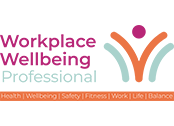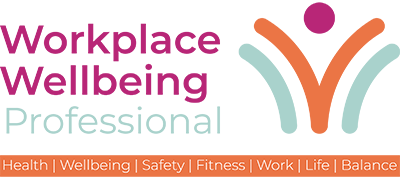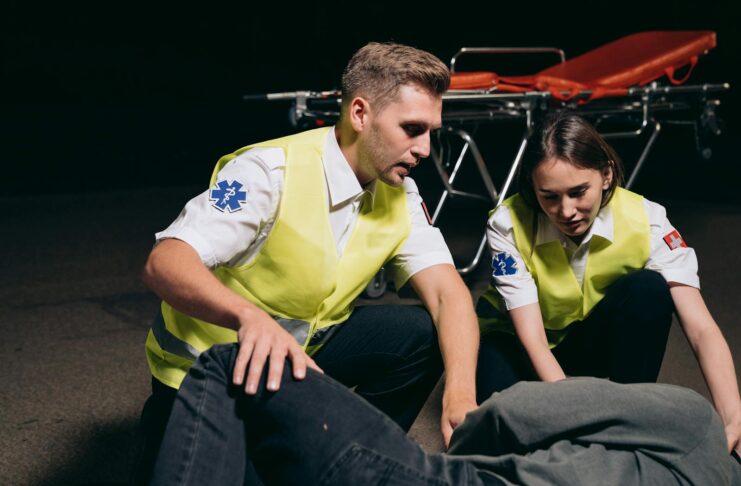Accidents are often viewed as random events, but new research shows that they tend to follow predictable human patterns.
An analysis by The Leaders Institute, a US-based training and team-building organisation, of five years of safety data found that incidents consistently cluster between the 15th and 18th of each month. January 18 recorded the highest accident total of any day, with 173 incidents logged.
The findings suggest that timing, not just circumstance, can influence the likelihood of mistakes. The summer months of June, July and August were the most dangerous period, each recording nearly 4,000 accidents, while December was the safest with just over 3,200. Several days in August appeared in the top ten, reinforcing the summer as a higher-risk stretch of the year.
Behaviour, Not Bad Luck
Doug Staneart, a corporate training officer at The Leaders Institute, said the patterns reflected how human behaviour changed under pressure. “When stress builds and deadlines loom, attention starts to slip. People cut corners, teams stop communicating as clearly, and small mistakes begin to pile up. The data makes it clear that mid-month and summer spikes are not coincidences — they’re the visible results of human behaviour under pressure.”
He said that these same behavioural shifts were visible in workplaces of all kinds. “Employees juggling heavy workloads become more prone to errors, while managers under pressure often miss early warning signs.
“It’s not about luck or isolated incidents; it’s about how people respond when the demands on their time and focus peak. Understanding those patterns is the first step toward addressing them.”
The Role of Stress and Fatigue
The research points to several factors that may explain why accidents rise at particular times of the year. In summer, warmer weather, increased travel and disrupted routines can contribute to fatigue. Mid-month, employees may be dealing with tight deadlines, performance reviews or financial stress, all of which can reduce concentration and increase the likelihood of mistakes.
Workplace wellbeing specialists have long warned that tiredness, distraction and stress are key triggers for safety incidents. When teams are stretched or under pressure, communication often falters and attention to detail declines. These lapses, though small in isolation, can lead to costly or harmful outcomes if not recognised early.
Building Safer, More Supportive Cultures
Staneart said the best way to reduce accident risk was not through reactive measures but by addressing the root causes. He suggested that organisations focus on communication, stress management and support structures that help employees manage their workload.
“Accidents may appear unpredictable, but the underlying causes can often be addressed with proactive measures,” he said. “Organisations can reduce risks by focusing on a few key practices: strengthen communication, manage stress and fatigue, build supportive cultures and invest in ongoing training.”
According to The Leaders Institute, encouraging teams to speak openly about potential hazards can prevent issues before they escalate. Providing wellbeing resources and training to help employees identify burnout or overwork early can also make a difference.
Workshops and team-building activities, Staneart added, not only reinforced safety messages but also built trust and collaboration. “Regular workshops and team-building activities sharpen skills, keep safety top of mind and reinforce best practices,” he said.
“When companies prepare for high-risk moments and give employees the tools to handle stress, they build stronger, more connected teams.”
Predicting and Preventing Risk
The analysis shows that safety risks are not evenly distributed across the year but follow cycles that mirror broader workplace pressures. By understanding when these high-risk moments occur, employers can take simple, targeted actions, such as reinforcing safety briefings or adjusting workloads around mid-month and summer peaks.
Experts say the key is to treat accident prevention as part of a wider wellbeing strategy, not just a compliance issue. The same factors that cause accidents also contribute to burnout, absenteeism and disengagement. Recognising how stress and fatigue affect performance allows leaders to intervene earlier and more effectively.
Staneart said the patterns in accident data offered a practical lesson for leaders trying to balance performance and safety. “Safety and success are both products of culture. When companies prepare for high-risk moments and give employees the tools to handle stress, they build stronger, more connected teams.”


